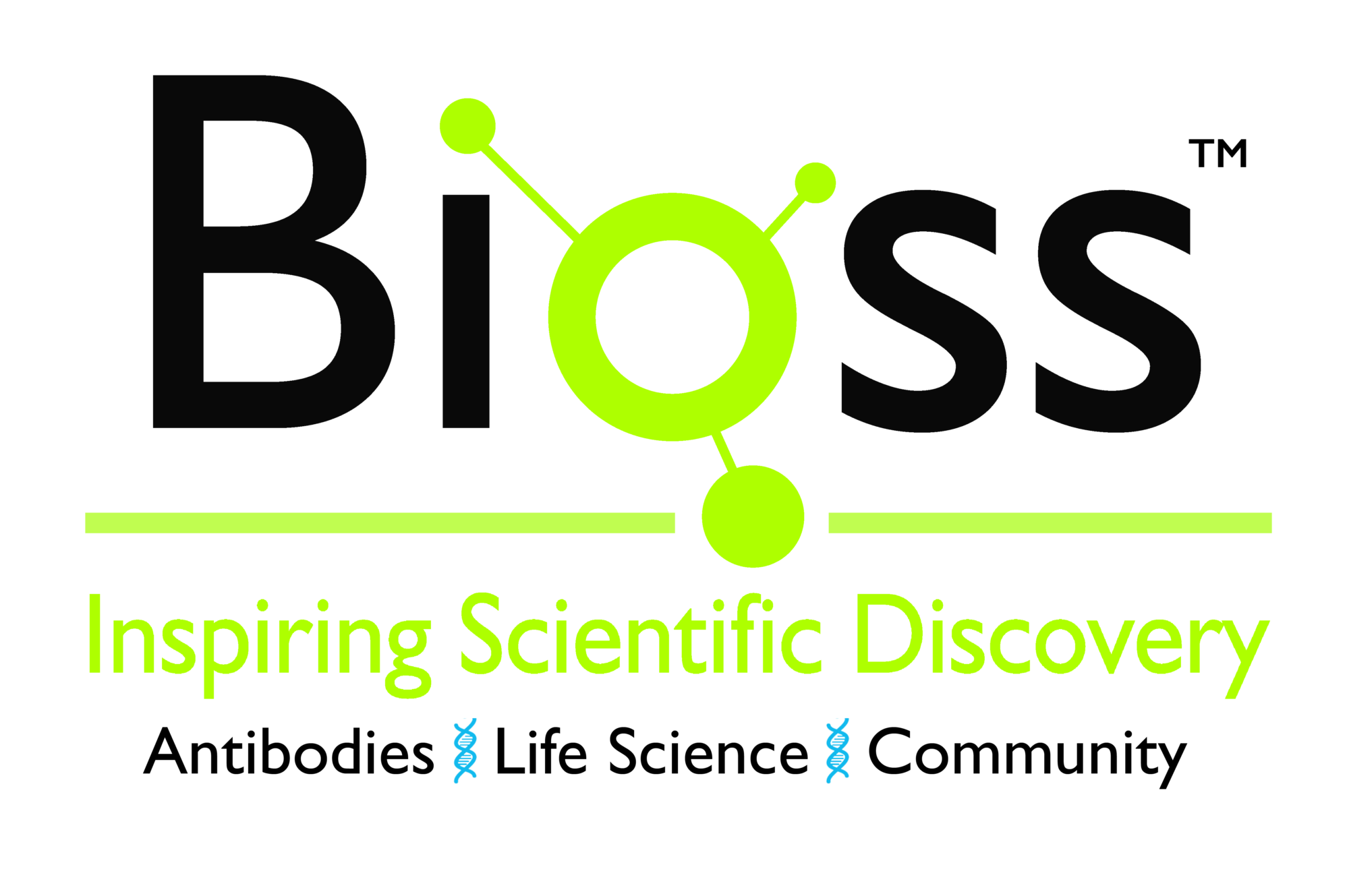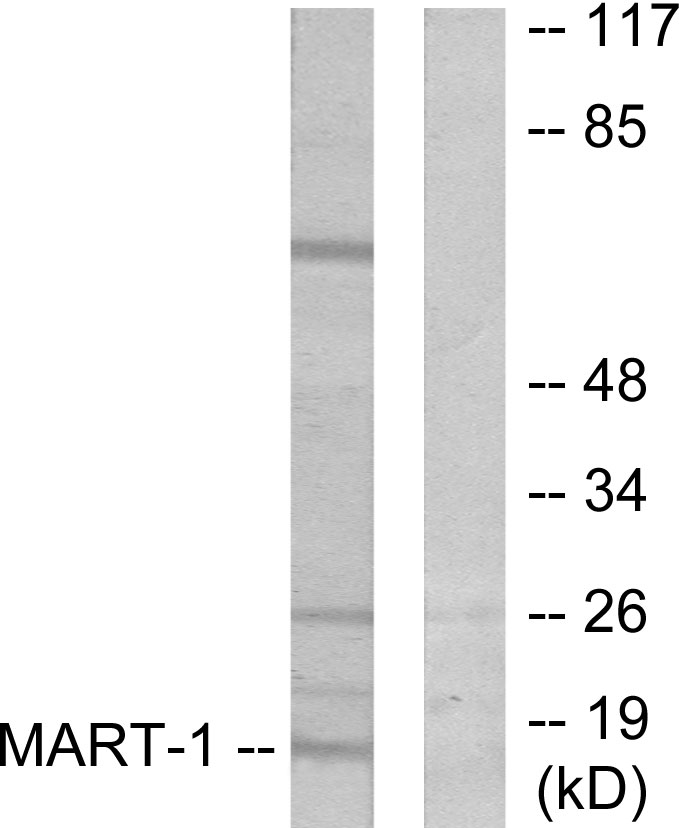![MART-1 / Melan-A(M2-7C10 + M2-9E3), Biotin conjugate, 0.1mg/mL [26628-22-8] MART-1 / Melan-A(M2-7C10 + M2-9E3), Biotin conjugate, 0.1mg/mL [26628-22-8]](https://biotium.com/wp-content/uploads/2016/12/BNUB0705-0-1.jpg)
MART-1 / Melan-A(M2-7C10 + M2-9E3), Biotin conjugate, 0.1mg/mL [26628-22-8]
BNCB0705
ApplicationsImmunoHistoChemistry, ImmunoHistoChemistry Paraffin
Product group Antibodies
TargetMLANA
Overview
- SupplierBiotium
- Product NameMART-1 / Melan-A(M2-7C10 + M2-9E3), Biotin conjugate, 0.1mg/mL
- Delivery Days Customer9
- ApplicationsImmunoHistoChemistry, ImmunoHistoChemistry Paraffin
- CertificationResearch Use Only
- ClonalityMonoclonal
- Clone IDM2-7C10 M2-9E3
- Concentration0.1 mg/ml
- ConjugateBiotin
- Gene ID2315
- Target nameMLANA
- Target descriptionmelan-A
- Target synonymsantigen LB39-AA; antigen SK29-AA; epididymis secretory sperm binding protein; MART1; MART-1; melanoma antigen recognized by T-cells 1; protein Melan-A
- HostMouse
- IsotypeIgG
- Protein IDQ16655
- Protein NameMelanoma antigen recognized by T-cells 1
- Scientific DescriptionThis antibody recognizes a protein doublet of 20-22 kDa, identified as MART-1 (Melanoma Antigen Recognized by T cells 1) or Melan-A. MART-1 is a newly identified melanocyte differentiation antigen recognized by autologous cytotoxic T lymphocytes. Seven other melanoma associated antigens recognized by autologous cytotoxic T cells include MAGE-1, MAGE-3, tyrosinase, gp100, gp75, BAGE-1, and GAGE-1. Subcellular fractionation shows that MART-1 is present in melanosomes and endoplasmic reticulum. This MAb labels melanomas and other tumors showing melanocytic differentiation. It is also a useful positive-marker for angiomyolipomas. It does not stain tumor cells of epithelial, lymphoid, glial, or mesenchymal origin.Primary antibodies are available purified, or with a selection of fluorescent CF® Dyes and other labels. CF® Dyes offer exceptional brightness and photostability. Note: Conjugates of blue fluorescent dyes like CF®405S and CF®405M are not recommended for detecting low abundance targets, because blue dyes have lower fluorescence and can give higher non-specific background than other dye colors.
- SourceAnimal
- Storage Instruction2°C to 8°C
- UNSPSC12352203







